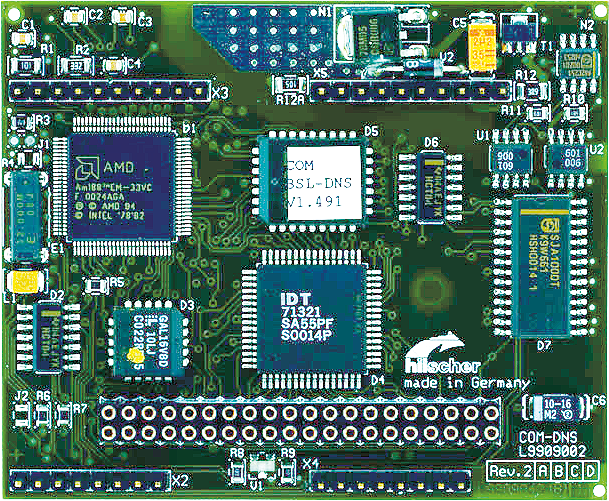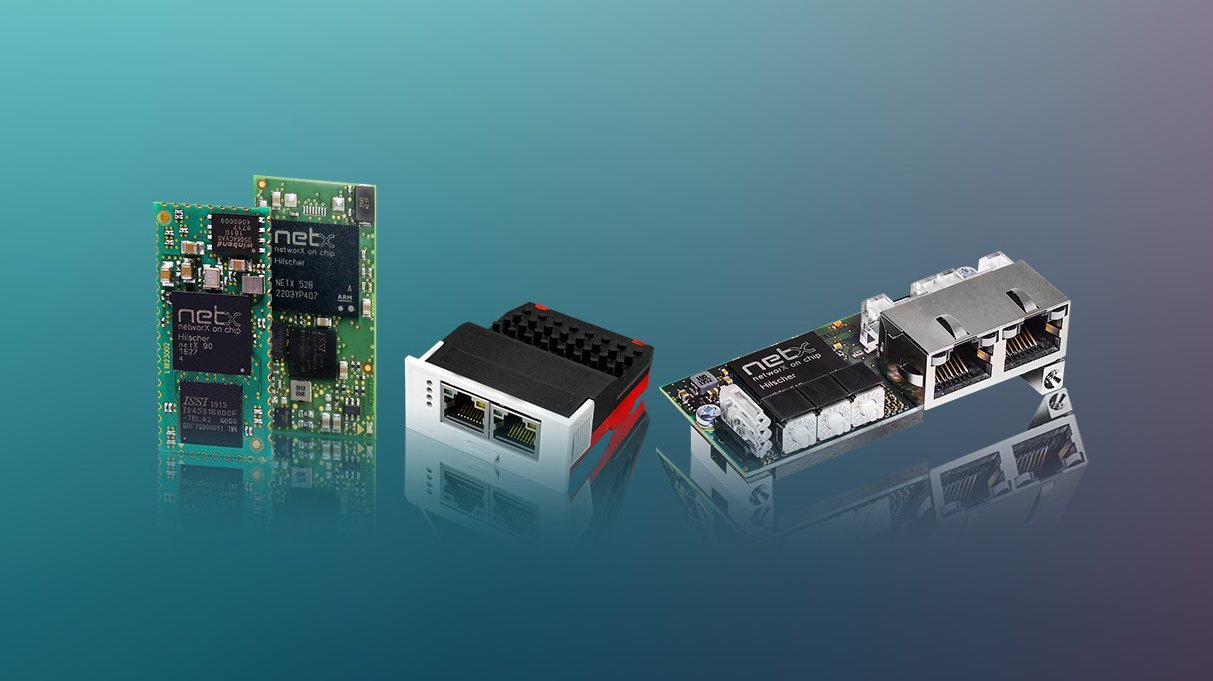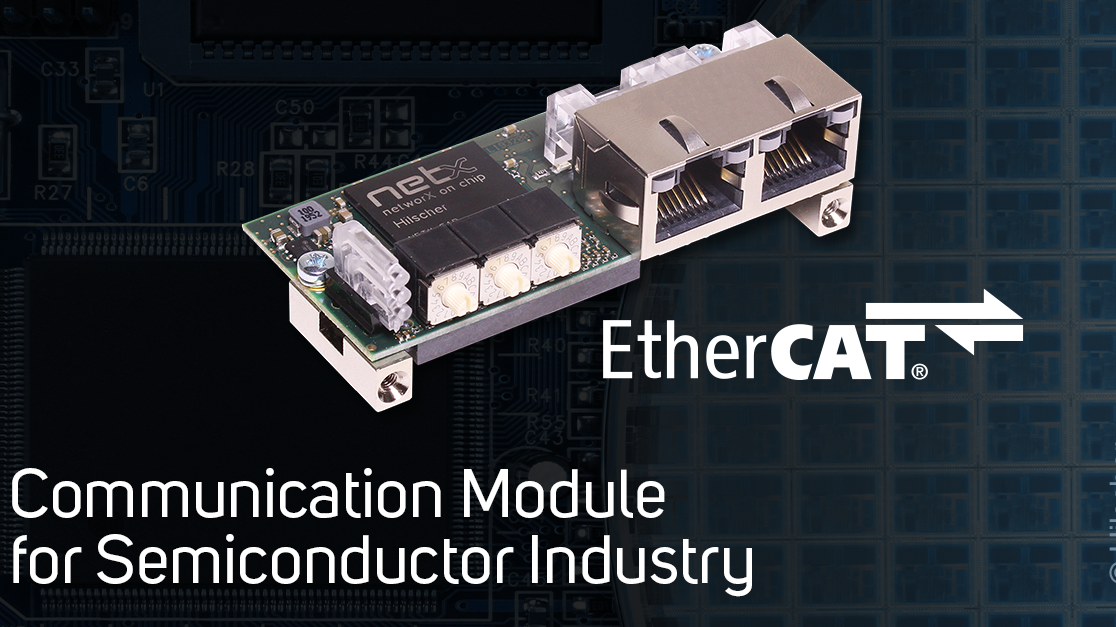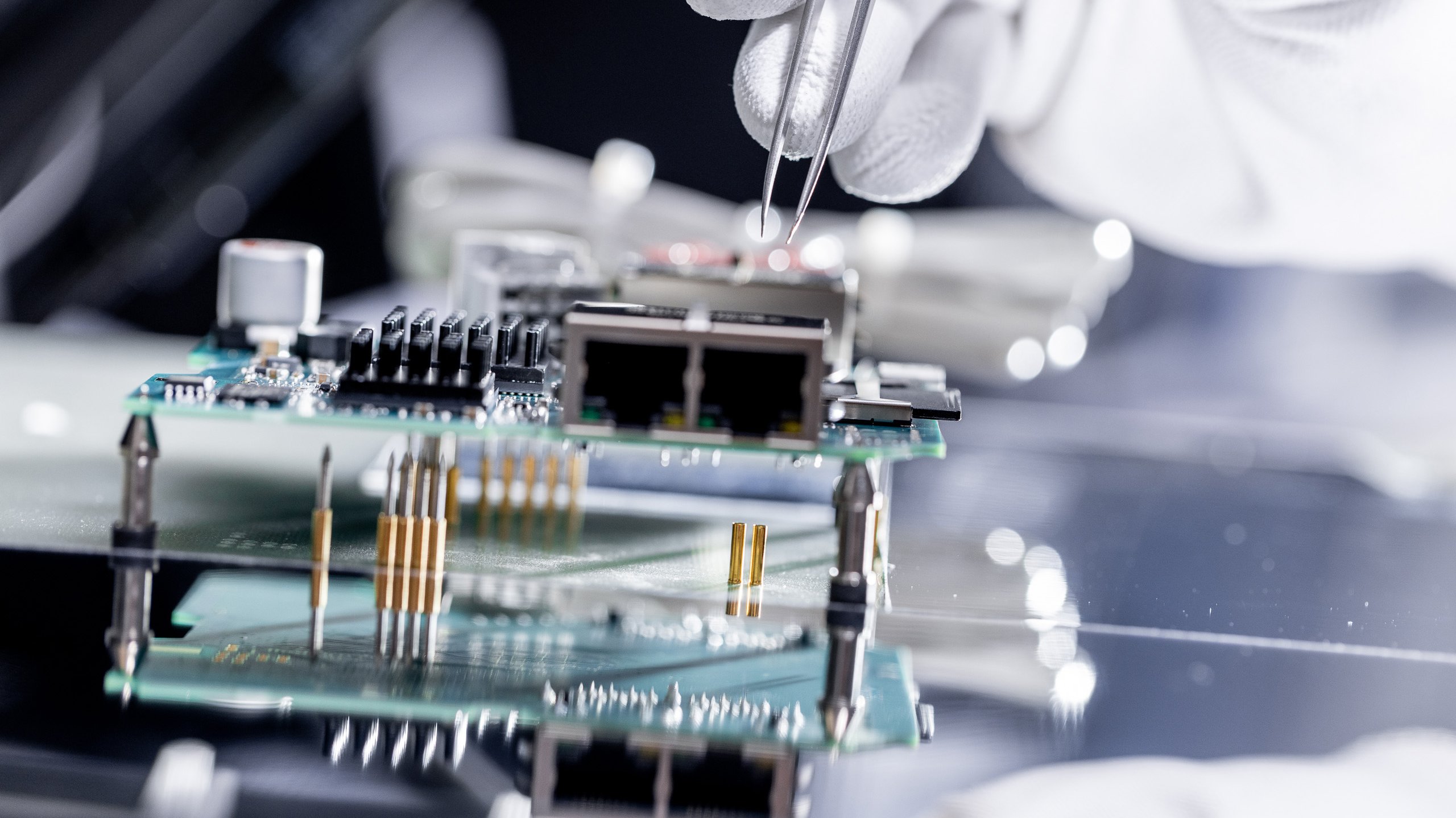Embedded modules in industrial automation
The use of an embedded module has always been a sensible alternative to the traditional and complex Design-In process of a chip. For more than 25 years, Hilscher has been a leader in factory automation with embedded modules for industrial communication and that with a consistent concept.
Hilscher now takes you on a journey into the past and shows you where Hilscher technology from the last millennium is still used today and where the now well-known comX modules have their origin.
1986 - Company Foundation
Since 1986, Hilscher's core expertise has been the technology, development, and production of industrial communication solutions for modern factory automation. Hilscher’s products range from PC cards, embedded modules, and gateways to OEM plug-in modules right through to high-performance SoCs with associated protocol stacks. Hilscher has been successful in the market in the field of embedded modules for over 25 years. Since then, the communication modules have been gradually optimized to become the leading comX module that companies around the world use in their field devices today.
1995 - Communication Modules for PROFIBUS-DP
Hilscher's first communication modules for the industrial protocol PROFIBUS-DP were launched on the market in 1995. COM-DPM and COM-DPS were based on an AMD network controller and capable of master and slave functionalities. A very compact module of its time with the dimensions 63x77x14 mm (LxWxH) and a 2 kByte dual-port memory (DPM) as a parallel interface to the host processor on which the actual application runs.




